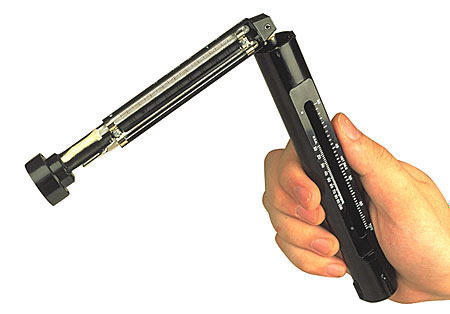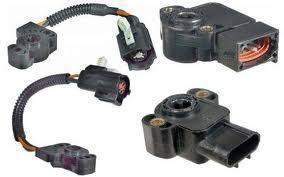Waste oil is the term used to refer to any petroleum-based/synthetic oil that is no longer considered usable. This may be due to the presence of excessive impurities, loss of the oil’s original properties, or just from the oil being over-exposed to the elements. A classic problem for society has been how to dispose of waste oil that is generated from commercial or residential use. Waste oil burners were initially designed to get rid of oil that was no longer usable, but can now be used to create heat or electricity.
What Industries Use Waste Oil?
Typically, the largest waste oil users are industries whose work cause them to generate large amounts of waste oil. These include heavy equipment dealers, service centers, large farms and agricultural facilities, greenhouses, and small automobile garages. These industries have come to rely on waste oil burners to help provide heating for their facilities, to generate hot water, and in some cases to provide electricity.
Waste Oil Burners
Waste oil burners have garnered significant support over the past decade as a cleaner way to dispose of waste oil instead of shipping it to someone else to dispose of at cost to the generating company. Modern waste oil burners use a variety of oil as fuel. These include vegetable oil, used motor oil, and used transmission or hydraulic oils. Waste oil furnaces are the primary burning unit used by companies that decide to use their waste oil for creating energy that the company can use. Not only is the old or bad oil disposed of without cost to the company, but it reduces overall energy costs for the installation and avoids charges for the proper shipping and disposal of the oil.
How Do Waste Oil Burners Work?
First, an oil burner’s tank or reservoir must be filled above the minimum level in order to be used with the type(s) of waste oil recommended for the burner. The burning unit has an electric motor that turns a fan that draws air into the unit’s blast tube. The motor is also connected to a pump that pulls oil from the tank through a filter assembly into a pressurized tube. The fan normally turns on through a thermostat for air heating or aquastat for water heating but the user can also manually activate it. The oil is then pressurized and sprayed into the blast tube as a fine mist where it is mixed with air. The starter that is in the tube then applies a high voltage in order to ignite the pressurized spray. The hot air from the oil is sent to the heat exchanger which transfers the heat to the cool air or water passing through the exchanger on the other side of the tube. The remaining gas is then vented to the atmosphere through the system’s chimney or exhaust.
Waste Oil Burners for the Home
Industry is not the only place where waste oil burners are used, as many homeowners are making their own burners for residential use. These burners can be used for heating water, warming a small part of a home, garage, or workshop. Plans for building small residential furnaces can be easily found in most locations. However, users should check the local environmental regulations to ensure that the waste oil burner they want to use conforms to the rules.




Follow Us!